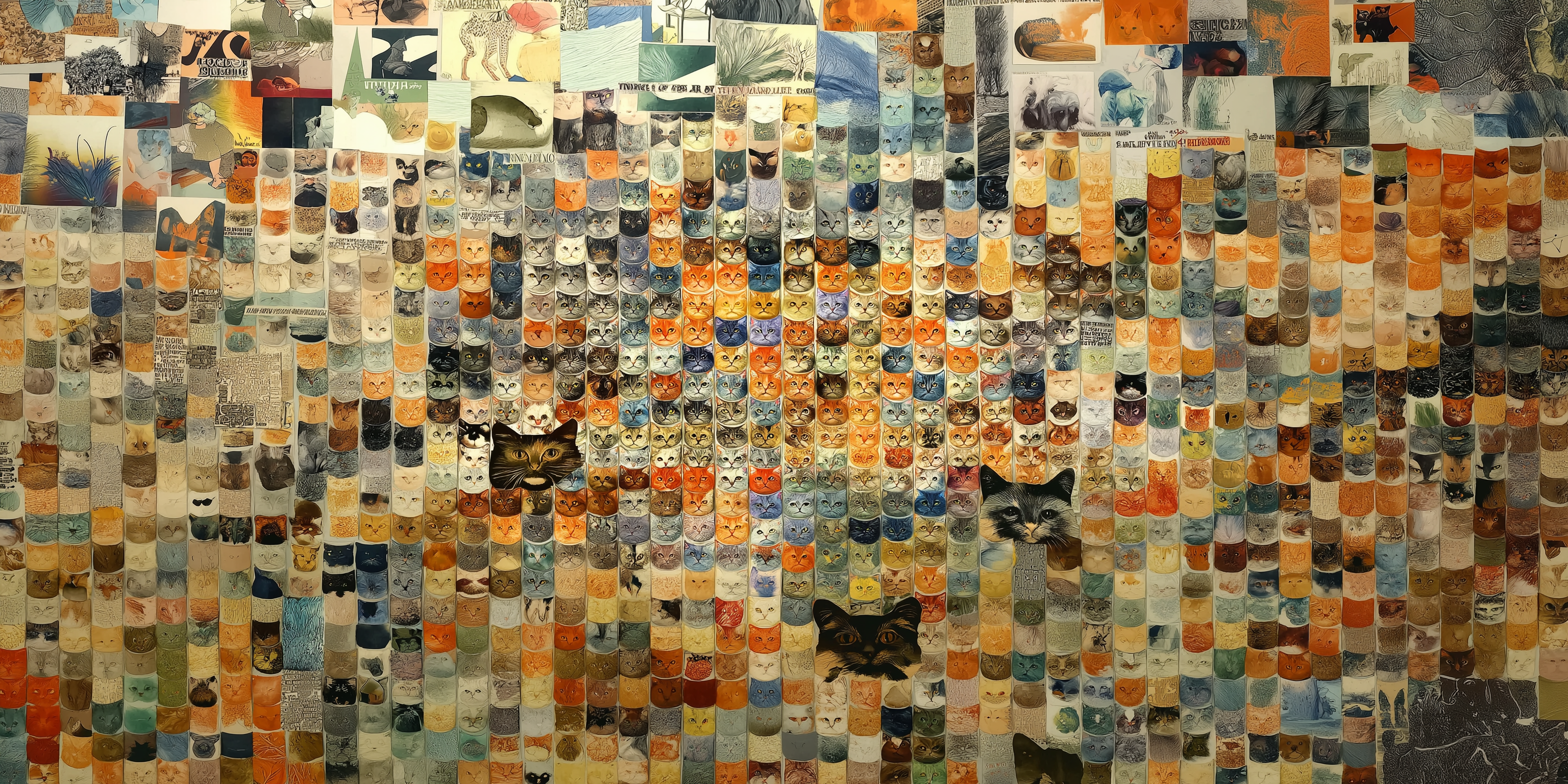
Disclaimer: The views and opinions expressed in this essay are those of the author and do not necessarily reflect the official policy or position of Microsoft.
Ten years ago, back in the layer comps era, I spent my days wrangling bloated, multi-gigabyte final_final_final_final.PSD files—stacked with a hundred layers and opaque revision history. Then, seemingly overnight, we found ourselves propelled by remote collaboration and ever-more-powerful design tools, churning out pixel-perfect mockups in real time, eliminating the constant worry of “Did I save my file?” It is easy to get hooked on all this streamlined efficiency. Who wouldn’t want frictionless collaboration, near-infinite iteration, or the ability to spin up design systems in a fraction of the time?
But as we perfected workflows, we developed a kind of complacency around efficiency—a habitual momentum that discouraged us from stepping outside the norm and exploring more intriguing design possibilities. Maybe what we have been optimizing out is exactly what fuels creativity: the space between precision and the unexpected. This is where AI’s missteps, odd connections, and unintended interpretations can bring back the creative detours we have lost.
Thriving In The Unpredictable
Creativity often happens in unexpected ways—think of the moments between sleep and wakefulness, when ideas surface unfiltered. Lucid dreaming is one of the few times we can interact with the subconscious directly, steering the strange logic of dreams toward something meaningful. AI, in its own way, offers a similar opportunity—one where we don’t just generate ideas but learn to navigate them in new ways.
That was the thinking behind a project I imagined towards the beginning of the generative AI explosion, a dream interpreter powered by AI. In 2023, I joined The_Dream conference in Sintra, Portugal, where over 600 attendees gathered to explore their collective dreams. For this performance piece, I created a custom GPT-based dream interpreter. Attendees described a dream, feeling, or object, and the model offered a creative interpretation. Using open-source image models to turn those interpretations into visuals, I stitched each output into a massive dreamscape—ideas converging into one infinite canvas. It revealed how randomness and revelation often overlap in surprising ways. When you trust AI to drift beyond the expected, you can fuse intangible notions into something concrete. The project stayed human at its core, yet leveraged the machine’s ability to connect ideas that might remain out of grasp otherwise.
After years of honing workflows, optimizing outputs, and striving for efficiency, I found myself doing the opposite in Sintra: embracing ambiguity, leaning into the surreal, and inviting AI to misinterpret. It was a wake-up that beyond all the polish and precision, creativity often thrives in the unpredictable.
This unpredictability is at the heart of AI’s more dreamlike qualities—the unexpected, often surreal outputs that emerge when probabilistic logic meets vast training data. These results may seem random at first, but they can reveal unconventional connections and novel ideas that might otherwise remain unexplored. Rather than seeing them as errors, designers can treat these AI-generated detours like moments of lucid dreaming—opportunities to explore beyond the expected and uncover insights that wouldn’t emerge through traditional workflows.
This shift in perspective made me realize something larger: the very efficiency that makes modern design seamless can also make it creatively stagnant.
Beyond the Efficiency Trap
For designers, there has never been a better time in terms of raw capability. Tools are inexpensive, collaboration is simple, and a remote culture has made co-creation lightning fast. We can spin up prototypes, pull components from a design system, and produce polished deliverables with virtually no downtime. No more waiting for giant PSD files to sync, no more software lag, no more reinventing the same elements repeatedly.
That efficiency creates the opportunity to use these powerful tools as a foundation for deeper creativity, not just faster output. When the mechanics of design become seamless, we can shift focus from execution to exploration.
It is not about speed versus creativity; it is about taking advantage of modern tools to reclaim time for deeper creative exploration.
Think of instant coffee versus a carefully brewed pour-over. Sure, it is convenient, but you lose the journey (and yes, I am aware of the irony as a daily Nespresso user with cabinets of neglected coffee contraptions). A pour-over, though, invites unplanned moments like the slow bloom, the unexpected flavors, or the small accidents that can spark new ideas.
When friction is removed, we risk complacency. True creative leaps do not come from efficiency alone—they come from curiosity, play, and the occasional unexpected detour. This tension—between structured precision and unexpected inspiration—is exactly where AI could introduce something new.
The Power of the Absurd
AI’s unpredictability is not just randomness—it follows a logic much like dreams do, colliding concepts in ways that feel uncanny yet strangely familiar. Just as in a lucid dream, where the subconscious reshapes the environment based on half-formed thoughts, AI-generated outputs often reflect patterns we were not fully aware we had internalized. The challenge isn’t in controlling it outright, but in learning how to move through it—spotting what is meaningful and shaping it into something real.
If you have ever typed a prompt into a transformer-based AI model like Midjourney, DALL·E, or some half-baked experimental notebook, you have seen its ability to produce the unexpected (think 2000’s indie sleaze party scene, but with cats). Often, that is the point. Let us say you are designing coffee packaging. You ask for a futuristic art-deco-meets-minimalist look, and the AI spits out a glitched alien coffee machine disguised as an Egyptian pyramid. You might laugh, but what if that random result planted a seed in you that you didn’t even know you needed?
These AI systems open the door to a new kind of creative thinking—one where we tap into their probabilistic logic to uncover unexpected connections. They deliver answers we didn’t know we wanted, free from the intuitive filters we accumulate. Machines do not share our self-editing; they just have probabilities. And occasionally, those probabilities line up in a bizarre way that unlocks an entirely new vantage point.
Embracing that moment—allowing the AI to generate widely, without the constraints of self-editing, then sifting for what is useful—is more than just chasing random sparks. It is about tapping into a fresh synergy. Unlike us, AI does not hesitate, second-guess, or filter ideas based on what seems feasible or expected. If we learn to see value in unexpected outputs, we become curators, orchestrating hidden possibilities. This recalls early improvisational jazz where you cannot predict the outcome, but you can feel when something is worth exploring.
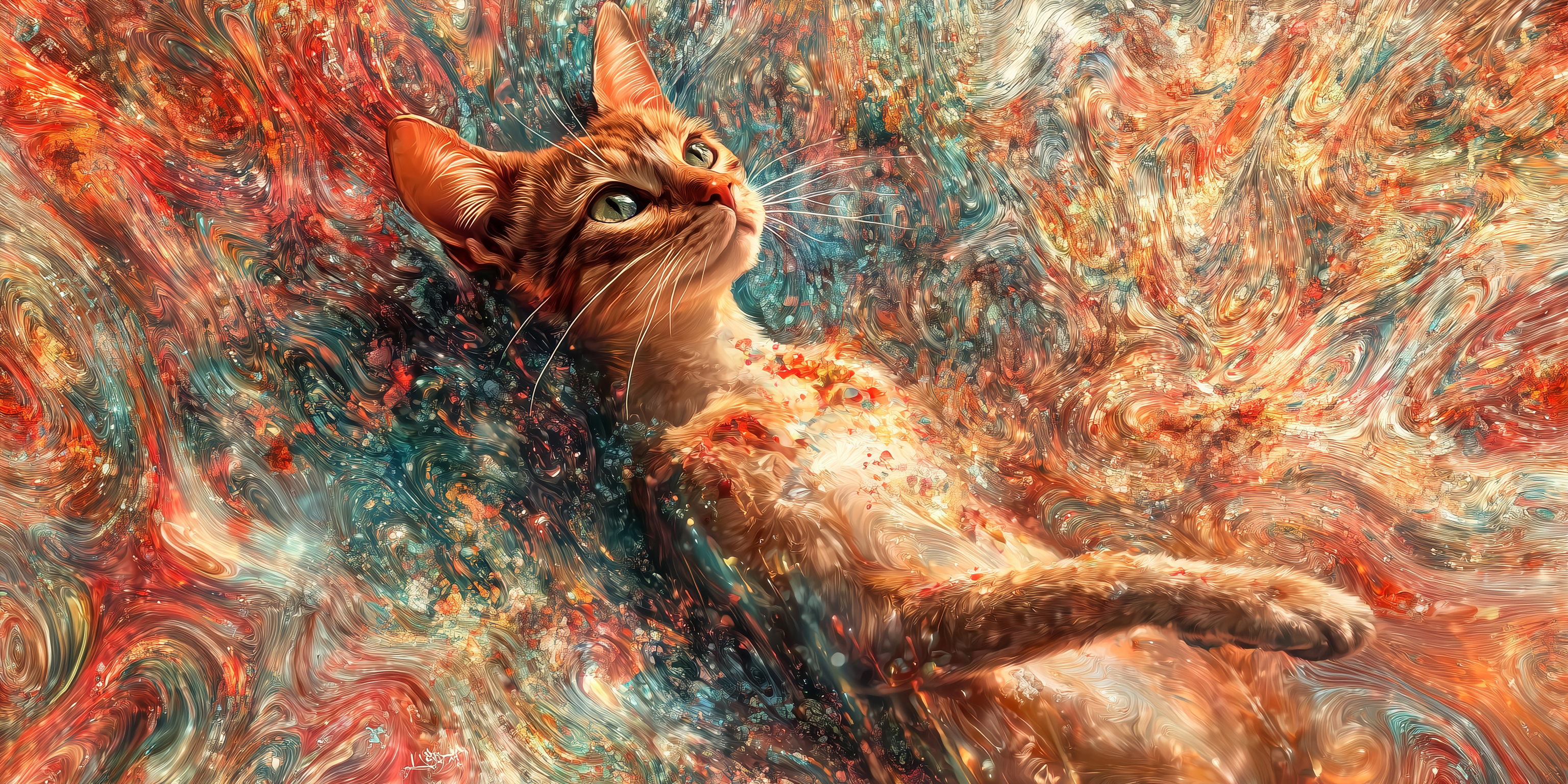
The ‘Lucid Dreaming’ Effect
Generative AI can feel like a kind of digital lucid dreaming—a space where rigid structures dissolve, allowing for new ways of thinking and exploration. Throughout history, humans have sought experiences that blur the boundaries between the known and the unknown—from meditation to dreaming to the act of creation itself. AI, in its own way, offers a similar path: a tool that collides disparate ideas, revealing possibilities we might not have consciously considered.
Imagine an AI-assisted operating system that does not just respond to clicks and keystrokes but behaves more like a lucid dream—fluid, adaptive, and aware of context. A designer asks AI to propose a more user-friendly interface, expecting layout tweaks and subtle refinements. Instead, the AI shifts and reshapes itself in real time, much like a dream environment that bends to intention—grouping relevant tools together, subtly reducing distractions, or adjusting navigation based on workflow rhythms. The result isn’t static; it is a living system that morphs to fit the way people work, rather than forcing them to conform to rigid design structures.
Initially, this might feel disruptive—even chaotic. But much like lucid dreams give us control within the unpredictable, AI-driven interfaces could dissolve rigid UX structures, offering fluid, adaptive interactions that evolve alongside human creativity.
Holding Onto Your Creative Self
How do we keep from drowning in endless AI results? If AI can generate thousands of variations in seconds, how do we preserve our style in a world chasing hyper-efficiency? I see it as shifting from “hands-on artisan” to conductor of an orchestra of infinite tools. I still guide, curate, and refine, but the possibilities multiply.
I call it “possibility-led design.” Rather than inching along with slow refinements, we fling open the floodgates. Our job is to harness this wild stream systematically. Let the AI spin out ideas, then step in as both editor and collaborator.
The challenge is avoiding a diluted personal vision.
Oddly, your judgment becomes more essential with limitless generative output. It is about picking signal from noise. Embrace the chaos, spot the promising pieces, and shape them into something personal.
This isn’t about vanishing behind the machine or chasing pure efficiency; it is about guiding the final work so it retains your voice.
Where Do We Go From Here?
As design complexity grows, we will need new tools and mindsets to handle the flood of generative output. Imagine collaborative AI platforms where we iterate through dialogue – “Generate eight variations,” “Reduce mouse travel by 20%,” or “Inject some chaos.” The boundary between deliberate craft and unpredictable exploration will blur—which can be a boon if we focus on building human-centered software that resonates with real users.
But for all its potential, AI alone will not be enough. Creativity still needs raw inspiration—the kind we find in places that invite imagination to unfurl. I think back to Sintra, with its fairytale castles rising through the mist and labyrinthine streets leading to unknown corners. It is the kind of place that pulls you into a dream state, where the unexpected feels inevitable. Whether it is a city like Sintra, a gathering of minds pushing the edges of what is possible, or an AI surfacing strange and novel connections, we need spaces—both physical and digital—that invite us to step beyond routine thinking.
Just as dreamscapes blend the familiar with the impossible, what if AI could do the same – moving beyond the structured data it knows and venturing into new sensory realms? Much of what AI knows comes from human-made content and the vast digital archives we have created. But what happens when we expand the system’s sensory reach? Imagine AI trained on brainwaves, the subconscious rhythms of our dreams, or the fractal geometries found in nature.
We could feed it the sonic landscapes of deep-sea ecosystems, the shifting electromagnetic fields of the Earth, or even the bioelectric signals exchanged between living organisms. What might we uncover if AI could interpret the vibrational frequencies of plants, the migratory instincts of birds, or the molecular choreography of cellular interactions?
Perhaps AI’s next frontier isn’t just about refining what we already know, but about teaching us to navigate new realms of creativity—like stepping deeper into a lucid dream, learning to move through the unfamiliar with intent. The real question isn’t about working faster, but about seeing differently. If we learn to embrace AI’s unexpected connections—not as noise, but as signals waiting to be decoded—we may unlock ideas that would have never surfaced otherwise.
Read more
To stay in the know with Microsoft Design, follow us on Twitter and Instagram, or join our Windows or Office Insider program. And if you are interested in working with us at Microsoft, head over to aka.ms/DesignCareers.
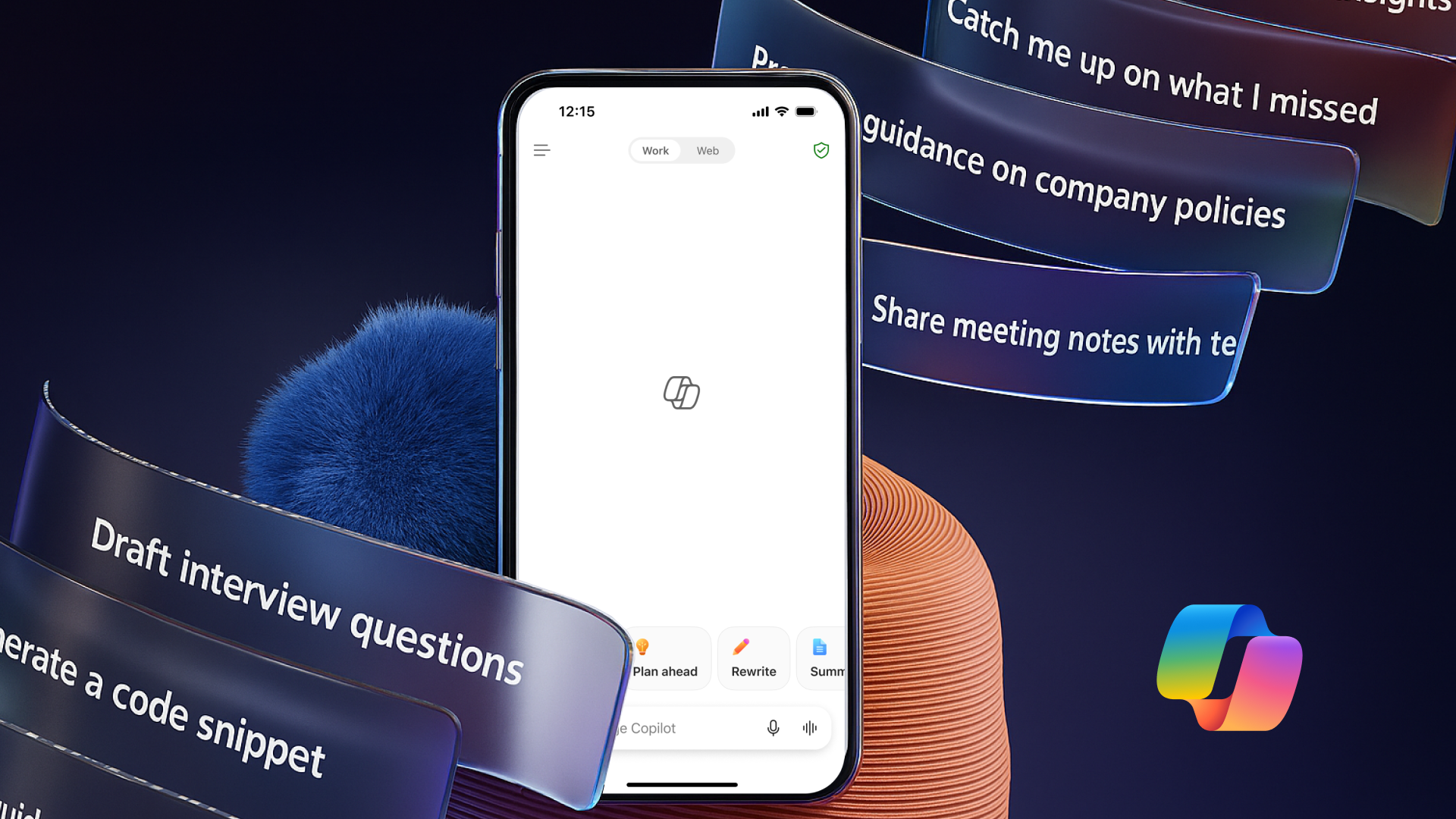
The new Microsoft 365 Copilot mobile experience
How we redesigned the Microsoft 365 Copilot mobile app to create a workspace built around conversation, dialogue, and discovery.
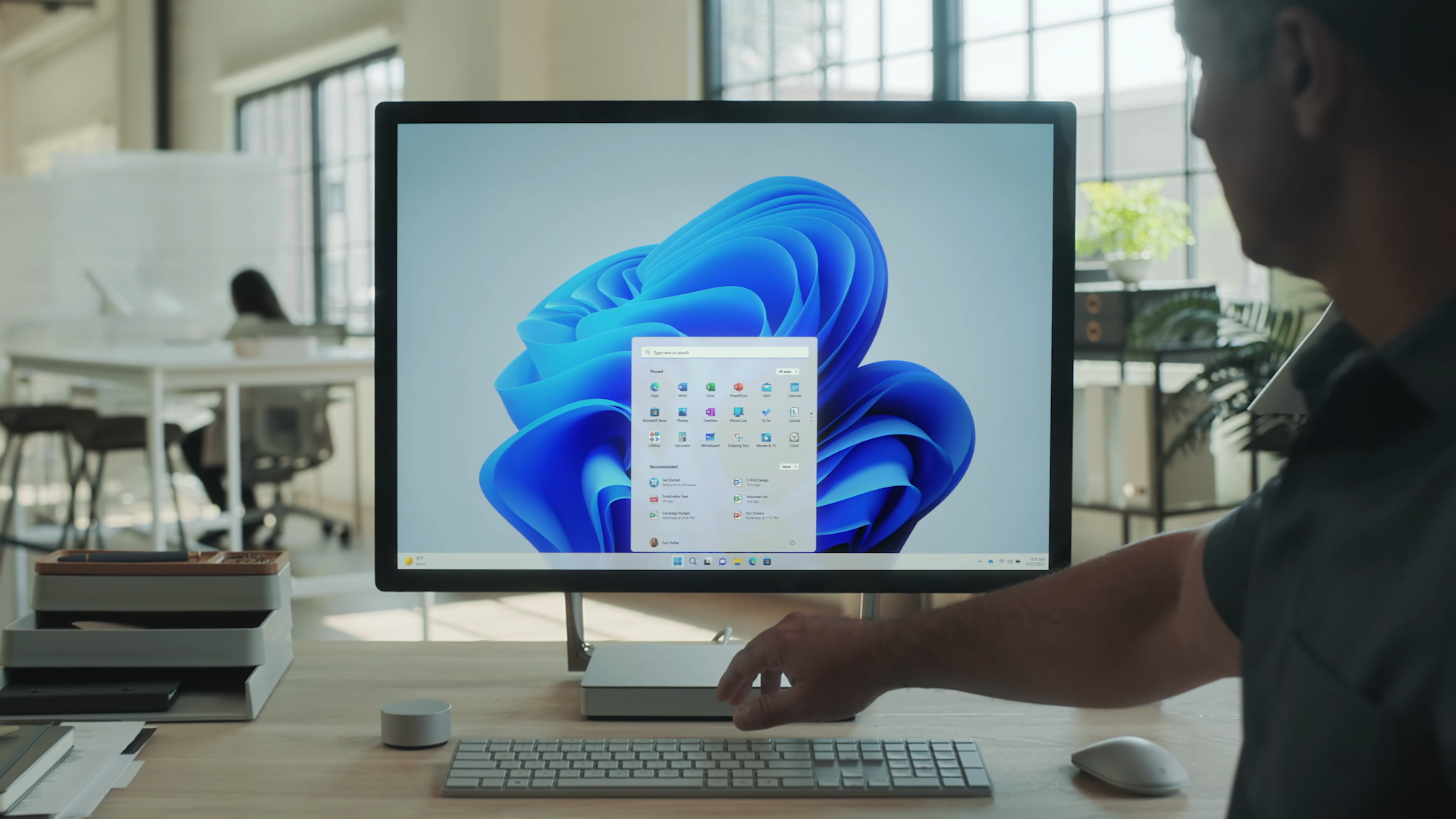
Windows 11 design principles + tenets
Our guiding force behind designing Windows for the AI era
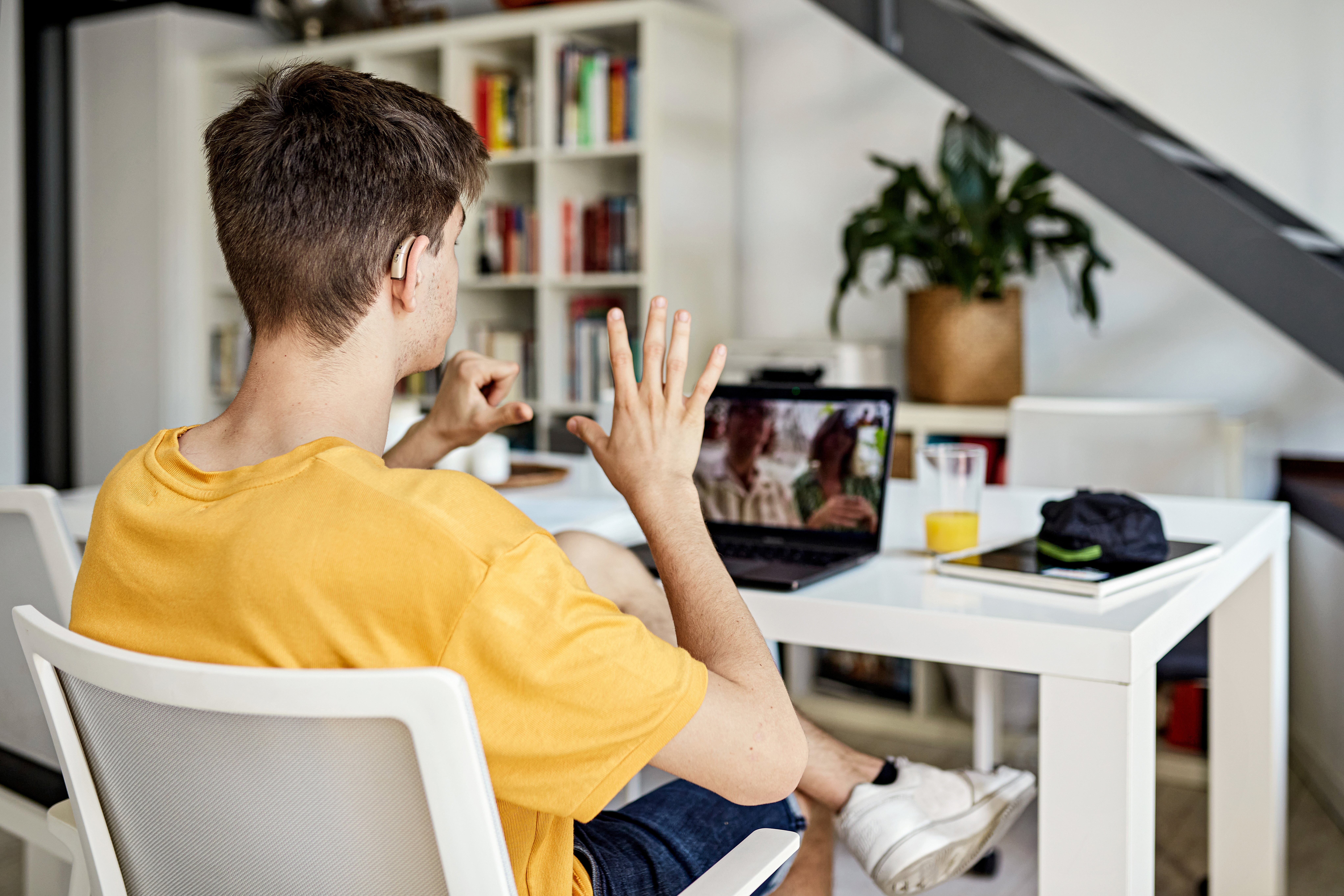
Centering Sign Language in AI and design
A Deaf-led approach to making Sign Language a core principle of inclusive design
